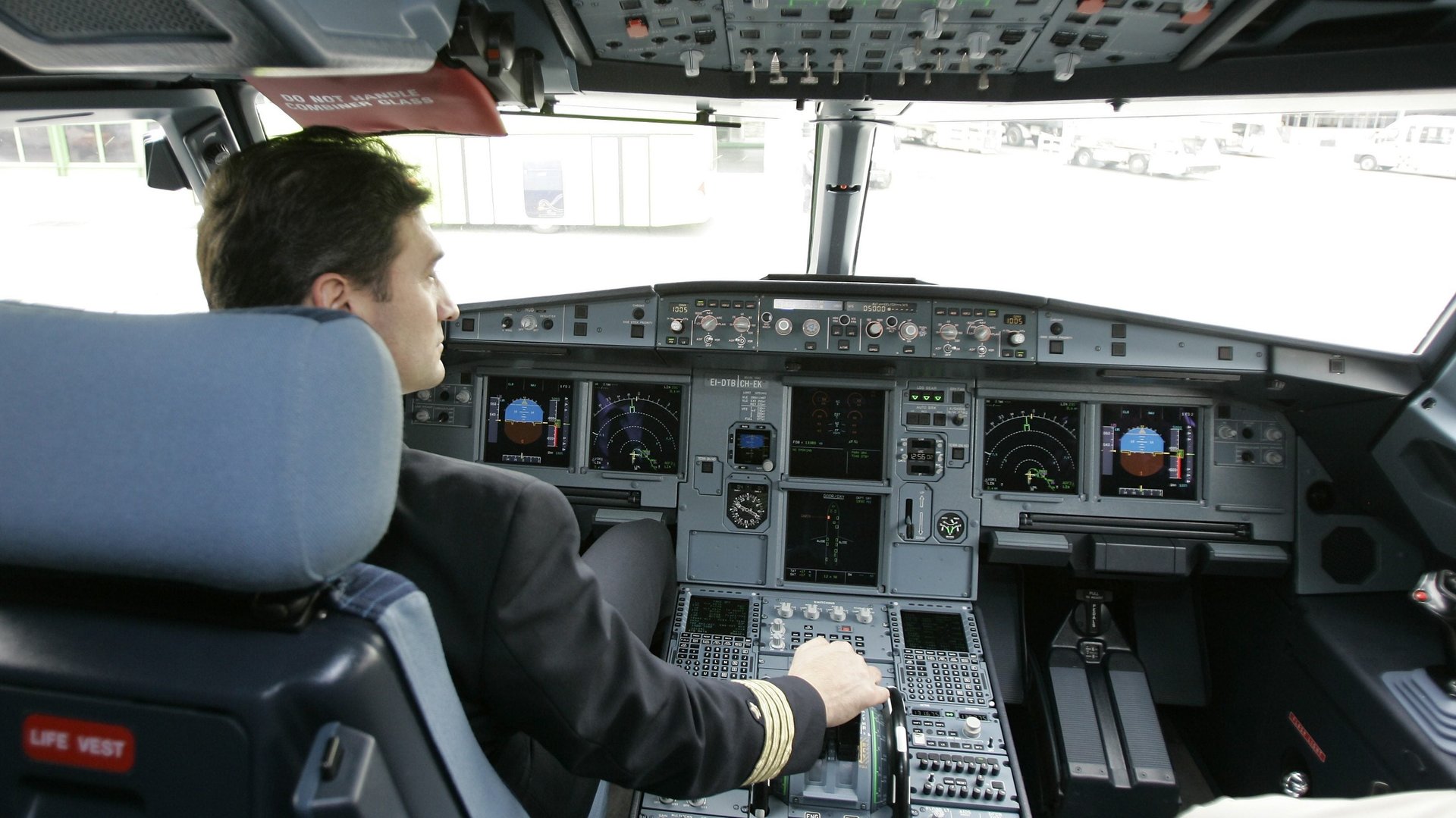Airlines are rushing to adopt new cockpit security rules after the Germanwings crash
This post has been updated.


This post has been updated.
The Germanwings flight 9525 that officials say was likely intentionally crashed by co-pilot Andreas Lubitz when the other pilot went to the toilet, was following current European guidelines for operating a commercial airline. The European Aviation Safety Agency’s regulations only require one pilot—and no additional crew members—to be present in the cockpit at any given time. Regardless, some airlines have already started to change their own policies so that no one is left alone in the cockpit in the future.
Norwegian Air
Norwegian air said that it had “been looking into changing its cockpit procedures for a while,” but decided to speed up the process as a result of yesterday’s crash. The airline will implement the procedures as soon as it gets approval from the Norwegian Civil Aviation Authority.
Air Canada
Canada’s largest airline, Air Canada, has decided to require two crew members be present in the cockpit at any given time, CBC reported.
EasyJet
UK budget airline EasyJet has also updated its policies following the Germanwings crash, the BBC reported. Rival budget airline Ryanair already requires two people to be in the cockpit at all times, according to RTE.
Lufthansa
Lufthansa announced March 27 that it will introduce a “rule of two” into its cockpits, saying on its Facebook page that “two authorized persons must be present in the cockpit at all times during a flight.” Germanwings is owned by Lufthansa, as are Austrian Airlines and Swiss International Air Lines.
Around the world
In the US, the Federal Aviation Administration requires two crew members to be present at all times. A representative for the FAA told Quartz that if a pilot needs to leave the cockpit for any reason, such as going to the toilet, they must first call a member of the cabin crew into the cockpit, who will remain on the flight deck until the pilot returns. The FAA also confirmed that non-US airlines flying into the US do not have to abide by these rules.
India’s civil aviation authority has a rule in place that’s similar to the FAA’s.
Keith Mackey, a former commercial airline pilot with over 38 years’ experience told Quartz that it would have been “highly unlikely” that this type of tragedy could have occurred on a US airline, given the FAA’s policy and the procedures that US airlines have in place.
Quartz has reached out to some of the largest airlines across the world to see if they will be changing their policies in the wake of the Germanwings crash and will update this post with any new information received. British Airways declined to comment on its current policies.
Update (March 27, 2015): Lufthansa announced today that it would be introducing a rule requiring two crew members to be present in its planes’ cockpits at all times. Singapore Airlines also told Quartz that it has ”strict procedures in place regarding the security of our cockpits,” although would not comment on how many crew members are required in the cockpit during flight.